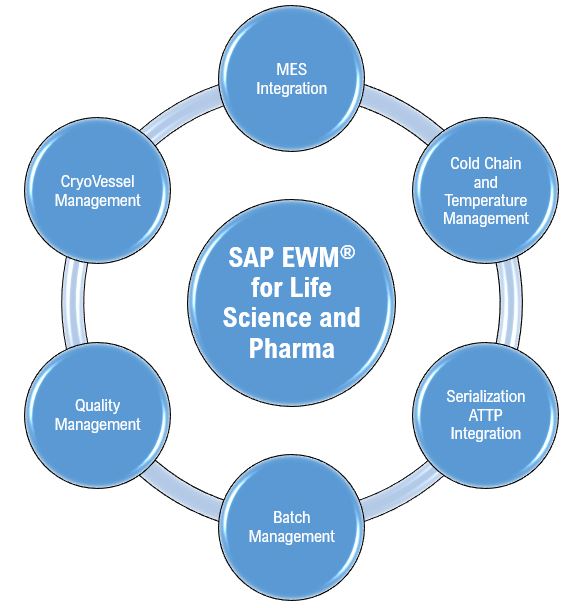The need for digital talking avatars is growing rapidly, driven by advancements in AI and the increasing demand for more engaging and personalized digital experiences. Talking avatars add a human touch to digital interactions, making them more engaging and relatable. This is particularly valuable in areas like customer service, e-learning, and entertainment. These avatars can engage users through natural, dynamic conversations, offering personalized experiences across various applications. Lip synchronization, the process of matching lip movements with spoken audio, plays a crucial role in the creation of digital avatars. Lip synchronization is an essential technique for bringing characters to life, ensuring their conversation appears natural and synchronized with their mouth movements. This synchronization not only adds to the realism but also enhances the overall user experience by making interactions with animated characters more engaging and believable. Achieving high-quality lip synchronization requires complex technology to analyze audio and map it to corresponding visual representations, known as visemes.
Imagine trying to teach a computer how a mouth moves when someone talks. That’s where visemes come in. Visemes are like the visual alphabet of spoken language. Just as phonemes are the smallest, distinct units of sound we hear (like the ‘k’ in ‘cat’ or the ‘sh’ in ‘ship’), visemes are the corresponding visual shapes our mouths make when we produce those sounds. Essentially, visemes are the building blocks for creating realistic lip movements, playing a critical role in lip synchronization. The Azure Viseme API analyzes audio input to provide precise viseme data. This data allows for accurate lip synchronization, ensuring your 3D characters speak naturally. By using the Azure Viseme API, developers can take an audio recording and automatically get a precise sequence of visemes. The API analyzes the audio and returns data that tells the computer exactly which mouth shapes to display and when. This allows for incredibly accurate and natural-looking lip synchronization, making 3D characters appear to speak fluidly and convincingly.
Above figure shows examples of visemes, the visual representations of speech sounds. From left to right, it illustrates the visemes AA, S, O and P.
Azure Speech Service provides tools for converting audio input into visemes. This process involves analyzing the audio to identify phonemes and then mapping these phonemes to their corresponding visemes. By leveraging Azure’s advanced speech recognition capabilities, developers can automate this conversion and generate precise lip synchronization. This results in characters that appear to speak naturally and convincingly, creating a more engaging and immersive experience for the end-user.









